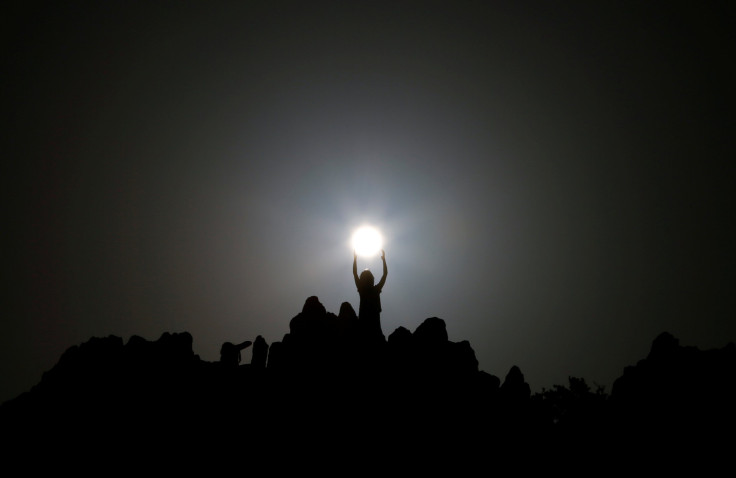Summer Solstice 2018: How Longest Day Of The Year Occurs

All those living in the northern hemisphere, get ready to celebrate the summer solstice, the longest day of the year, Thursday.
After months of chilling winter days, the summer solstice is welcomed as the official beginning of the season. The sun will rise early and set late, giving people plenty of time to celebrate.
The astronomical event is famous throughout the globe, but not many know how it occurs every year. As National Geographic described, the phenomenon is a result of Earth’s axial tilt.
The north-south axis of our planet is tilted by about 23.5 degrees and due to this, various parts of the world receive different levels of sunlight throughout the year. However, around June 20-22 every year, the Earth’s lean towards the sun is more than any other day, which causes the latter to shine directly overhead along the Tropic of Cancer.
As a result, the northern hemisphere receives more sunlight than it would on any other day of the year. Places far north like Alaska could receive as much as 22 hours of sunlight, while other regions of the continental United States would get around 14 to 16 hours.
The southern hemisphere, on the other hand, witnesses the exact opposite case at the same time, with winter solstice or the shortest day of the year.
That said, it is also worth noting that people living in the northern hemisphere could see the high arc of the sun during the summer solstice. The star will be at the highest point above the horizon around noon that day, which means your shadow will be the shortest at that point of time.
More Sunlight Will Not Mean More Heat
If some parts of the world will receive more sunlight on June 21 than on other days, many might think it would also be the hottest day of the year. But that’s not true. The length of days keeps decreasing per day as northern hemisphere tilts away from the sun after the summer solstice and the heat associated with this period is trapped by our oceans and atmosphere.
They work as heat sinks but do not release it until a few weeks from the summer solstice — around June or August — which make up the hottest days of the year.
"If you think about turning up an oven, it takes it a long time to heat up," Robert Howell, an astronomer at the University of Wyoming told National Geographic. "And after you turn it off, it takes a while for it to cool down. It's the same with the Earth."
© Copyright IBTimes 2024. All rights reserved.





















